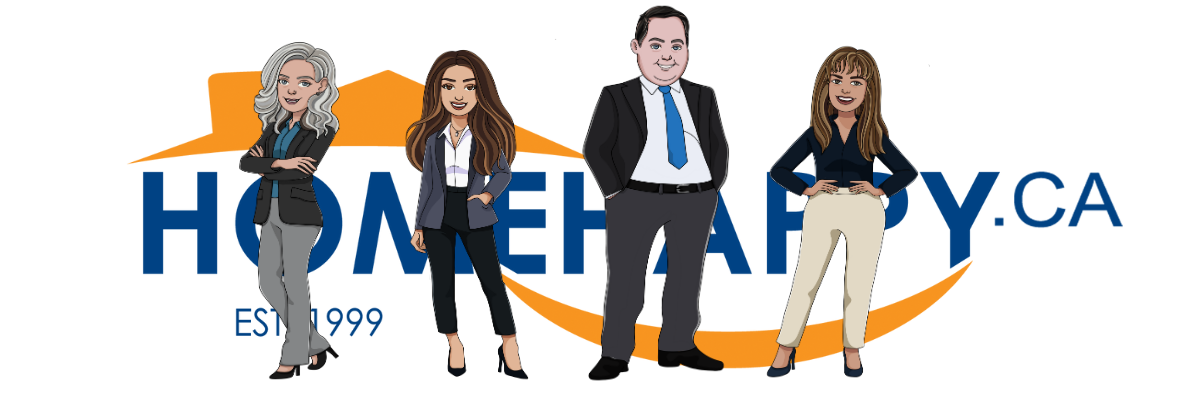How To Finance Your Dream With A New Build Home Mortgage

You’ve weighed the pros and cons and decided to turn a plot of land into your dream home. Excellent. We’re here to help you turn your dreams into reality.
Who hasn’t dreamed of building the perfect home? After all, it’s a lovely day-dream. Especially on those rainy days, when you need something to look forward to.
So how do you make your dream home, your address?
First, we’ll share a hard truth: financing the construction process is time consuming and can be difficult. It’s not for the unprepared.
We’ll break down the particulars, so you know what’s ahead, and can stress less.
Construction financing has two parts:
Draw term: provides funding during the various construction stages to pay builders, contractors, tradespeople, and suppliers.- Complex -- expect the unexpected.
- End term/Completion: Once construction is complete, your normal mortgage kicks in.
- Straightforward.
Navigating your draw term without casualties can be rough. We’re here to put a method to the madness, and simplify your financing knowledge, so you’re better prepared.
How Cash Flows With The Draw Formula.
Money advances -- typically 4 or 5 draws -- happen in stages. The formula for draw amounts is based on the build’s completion percentage at each stage.
Key factors:
- You don’t receive cash advances to pay for the lot or supplies. (We can help you get a separate loan to buy the lot, and let you know your options.)
- You don’t get a dollar-for-dollar match for the project cost at any given point in time. Your borrowed amount and draw schedule is pre-determined and set.
- Before mortgage approval, you must prove your ability to cover cash differences and navigate timing discrepancies that may arise between what your draw schedule provides and what your builder, contractor, trades, and suppliers require to start or continue working.
- Your draw schedule is non-negotiable. During the approval process, your lender considers your down payment, and whether the loan is a CMHC-insured construction mortgage (low down payment) to determine your draw schedule.
- A budget with cash projections and timing requirements is vital when managing your monetary obligations throughout the process. There’s a lot of moving pieces, and we’re happy to provide a template to help you stay on track.
Typical Draw Structure
- 40% Complete. First Advance Received: Weather protected with roof (airtight building, secured access).
- 65% Complete. Second Advance Received: Plaster/drywall complete, furnace installed, exterior wall cladding complete, plumbing and wiring started, etc.
- 85% Complete. Third Advance Received: Bathroom completed, doors installed, kitchen cupboards installed, etc.
- 100% Complete. Fourth Advance Received: Home is finished.
Getting Paid On Percentage Complete
When you’re about to hit a draw schedule milestone (for example: excavation and foundation are done), you request a progress inspection. A lender’s inspector visits the site to confirm progress using the bank’s standard table. (Forms vary lender-to-lender.)
After your draw amount is calculated, the amount is distributed to your lawyer, and they pay your builder (minus the legally required builder’s lien hold back).
Important note: Your lender never deals with anyone working directly on your project. They communicate with your lawyer, who is then responsible for distributing the money. You are responsible for any shortfalls and paying the difference in project cost if your draw amount doesn’t cover costs.
Here is the typical formula for your maximum draw amount (applicable at each stage):
$Draw Amount = (% complete) X (total project cost*) - (down payment) - (previous advances)
(*If you own the lot, your total project cost excludes land. If the builder supplies the lot, then total project cost includes land.)
Since the draw amounts calculation is formula driven and unrelated to actual construction cost, having a budget, and staying on track is important.
For Example:
- If your project costs $500k and your down payment is $100k, the max loan is $400k.
- When 40% complete, $200k should be made available to your construction team.
- Note: your down payment ($100k) is always applied first, and would be half of the first installment. So the bank provides $100K of the loan at First Advance.
- When 65% complete, the formula results in another $125k draw at Second Advance.
- When 85% complete, the formula results in $75k at Third Advance.
- When 100% complete, the remainder of your loan amount ($100k) is distributed.
The biggest issue many face with construction mortgages is failing to understand the draw schedule. When project timing and money don’t match up, everyone suffers.
Because construction mortgages are a risky prospect for lenders,
you only get money when work is completed.
This is why before approval, you need to prove your ability to cover cash discrepancies. The lot needs to be purchased beforehand, and your construction team, suppliers, and tradespeople must be paid between draws. Either your construction team agrees to work now and be paid later, or someone (you or the contractor) covers the cost.
Even with a plan, things can get messy, which is why New Build Homes can be harder to win approval.
If you lack the funds to start or money runs out (or isn’t enough) before the next draw, the project stops.
How Not to Run Out of Money
To get started, you must prove that the cash will flow throughout the project. No matter what. You need to demonstrate that you expect the unexpected, and have a plan.
Here’s what you need to create a case:
- You own the lot (it’s in your name!) or the builder will supply the lot and transfer the title to you at first draw, whether the lot is fully paid or not.
- If you already own the lot, the lot value is recovered from the lender throughout the draw process.
- Builder agrees to finance the project using their own resources between draws.
- You can buffer between draws and can cover cost overruns. This can be done with an available line of credit or available cash.
- You have someone able and willing to backstop your project (example: Bank of Mom & Dad).
Generally, you need to prove you can fund roughly a third of the total project cost (including land).
Building your dream home is a risky proposition for both you and the lender, and you need to prove you can keep the project running smoothly.
Nothing in life comes easy, and your dream home may not be cheap (though building your own home
can save you money!), but seeing your dream become a reality is priceless.
Build Types
Build Types
There are 4 different ways you can choose to construct your new home:
Residential Home Builder. The licensed builder acquires mandatory, third party home warranty insurance from a BC Financial Services Authority (BCFSA) authorized company, and must register your home to get a building permit. Builder is paid in stages, and is responsible for paying his suppliers and tradespeople.
General Contractor. You hire someone to coordinate the project. The contractor must have home warranty insurance, register the property, have a building permit, and required licenses. The contractor, suppliers, and tradespeople can be paid by you directly or indirectly through the contractor.
Self-Build. You become the general contractor, and hire qualified, licensed tradespeople. You must have the time, expertise, and industry contacts to complete the project on budget, and on time*. This also requires that you demonstrate the financial resources to carry the project between draws.
Pre-Built. This is all too much so you purchase a new home from a builder. The builder gets paid upon completion -- when you get the keys. You get a new home, minus the hassle of overseeing or funding the project yourself. You’d have a regular mortgage, not a draw construction mortgage.
*Lenders place time limits on construction to mitigate damages if money runs out.
What You Need for Construction Mortgage Approval
First, like any prospective homeowner, you need to qualify for a mortgage. Then, each build type has unique requirements.
New Home Construction Pre-Conditions
- The Homeowner Protection Act requires that all homes built after July 1, 1999 be covered by Home Warranty Insurance (or be specifically excluded by the Act).
- Minimum Home Warranty Insurance coverage and allowable exclusions are set by legislation.
- Construction must meet local jurisdiction, provincial, and National Building Code of Canada standards. The more stringent code requirement applies in case of conflict.
Draw Mortgage -- Residential Home Builder
- Signed Purchase Agreement.
- Deed (evidence) if land is owned or Offer to Purchase lot if land is not owned.
- Expected payment schedule (must be adapted to mortgage lender’s draw schedule and available payments).
- Construction Plans (floor layout and exterior view) plus specification sheet (cabinet types, hardware, flooring, finishing, etc.)
- New Home Warranty registration number.
Draw Mortgage -- Contractor/Self-Build
- Contractor Build: Signed construction contract with cost estimates, completion schedule by stage, and payment timing expectations.
- Self Build: Detailed cost estimates from various contractors, compiled into a “Progress Advance Worksheet” that outlines the timeline for each construction stage, anticipated % complete, and anticipated completion date.
- Contractor Build: Copy of contractor’s risk insurance policy.
- Self-Build: Resume proving construction knowledge, project management experience, and industry contacts.
- Both Contractor/Self-Build:
- Deed if land is owned or Offer to Purchase for lot if land is not owned.
- Construction plans (floor layout and exterior view) plus specification sheet (cabinet types, hardware, flooring, finishing, etc.)
- Copy of “Course of Construction’ insurance coverage. Required to cover work in progress until project completion.
- Copy of building and development permits.
Pre-built Completion-Only Mortgage
- Signed Purchase agreement.
- Construction plans (floor layout and exterior view).
- MLS or specification/feature sheet.
- New Home Warranty Registration number.
If you are ready and eager to build your dream home, we can help make it happen. And prepare you for the journey. This is a complex process, and we’re with you in every stage. It doesn’t have to be a test of your stress handling ability.
As expert advisors, confidants, cheerleaders, and your greatest advocates throughout this process, we’re here for you, no matter what. Our knowledge of years of experience in the business can make a huge difference in how easy this experience is. Save time, money, and stress-less. Consult with us today, and find the best mortgage solution for your unique needs.
Share:
Recent Posts






